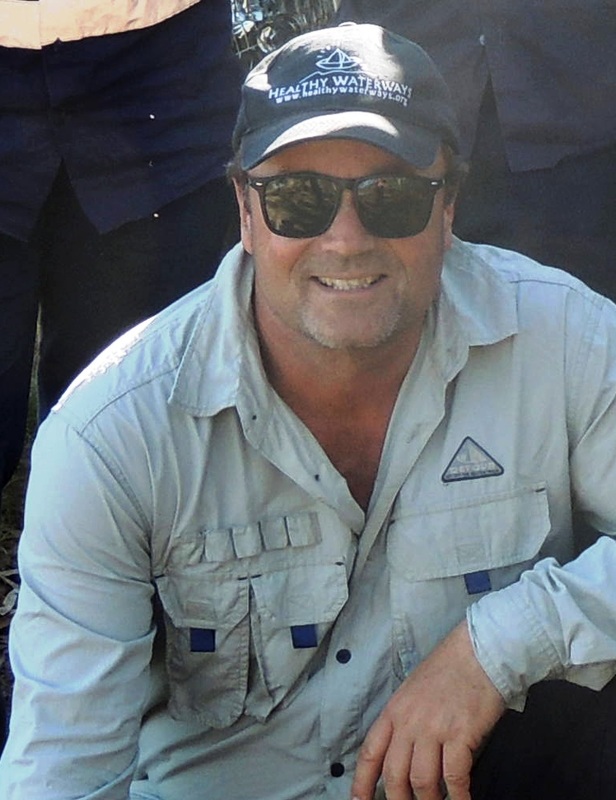They call this process implementing a Green Infrastructure Network. It is based on 3 core biodiversity principles and is applied throughout the urban landscape:
- Preserving large core habitat areas.
- Ensuring connectivity between habitat areas.
- Providing a diversity of habitat features throughout the City
Owen has over 160 staff working for him along with 140 contractors and he discussed some of the same issues we face here in South East Queensland. These issues include maintaining habitat through eliminating invasive weeds and replanting endemic plant species and making sure the habitat filters stormwater and prevents nutrients entering the waterways as well as providing a place for local wildlife to thrive. He pointed out that they rely heavily on volunteer community groups like the Redcliffe Environmental Forum to help with the work on the ground.
At the same venue I also met the owner of the property who is a sponsor of the Hancock Wildlife. His beachside property has tall Douglas Fir trees and Cedars and at the top is a Bald Eagle eyrie. Russ Cmolick provided a short tour and showed me the two young eagle fledglngs in one tree whilst one of the parents was perched in another tree adjacent to the tidal flats. They are really impressive birds. We discussed the biodiversity of the tidal flats; apparently the tidal flats at White Rock, Surrey are one of the richest and diverse sites on the planet. The flats support many wader birds as well as raptors like the bald eagle. Russ is a sponsor of the Hancock Wildlife Foundation and you can check out a video of the bald eagle family at his property at https://www.youtube.com/watch?v=PB97XNyNwAs
It’s good to know that there are other places in the world where business, the community and governments work together to protect biodiversity even when it’s close to urban areas.

 RSS Feed
RSS Feed
